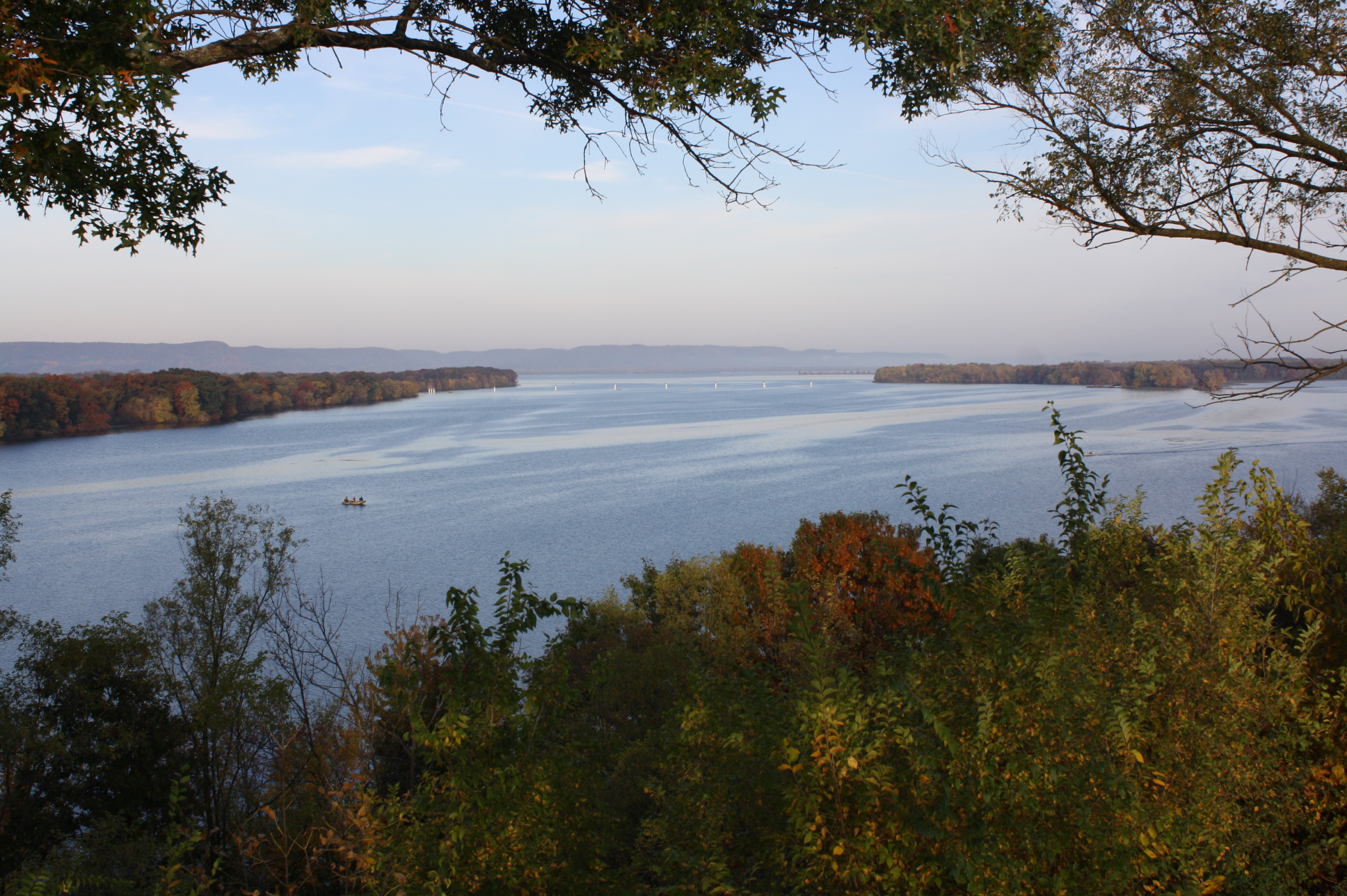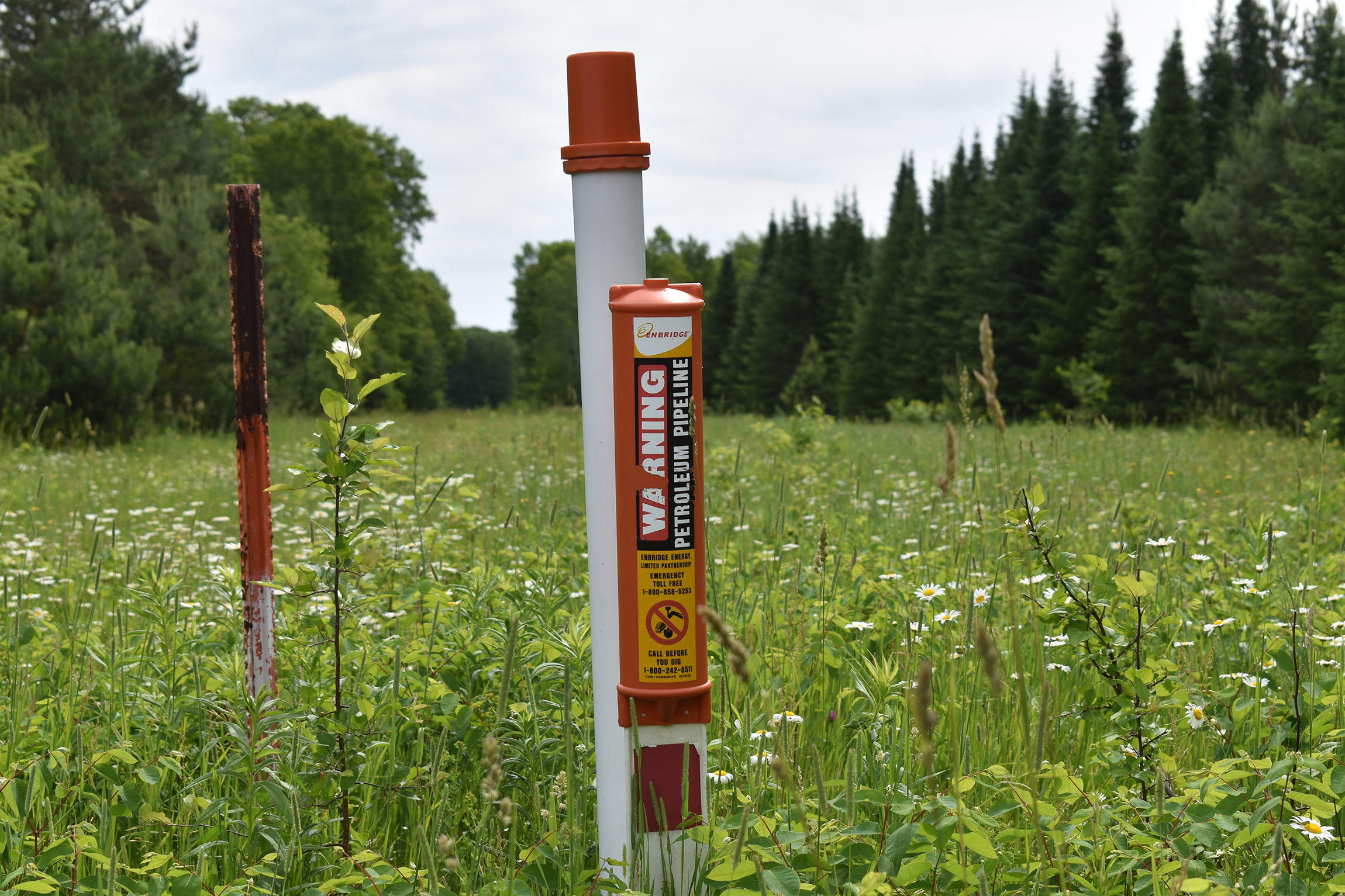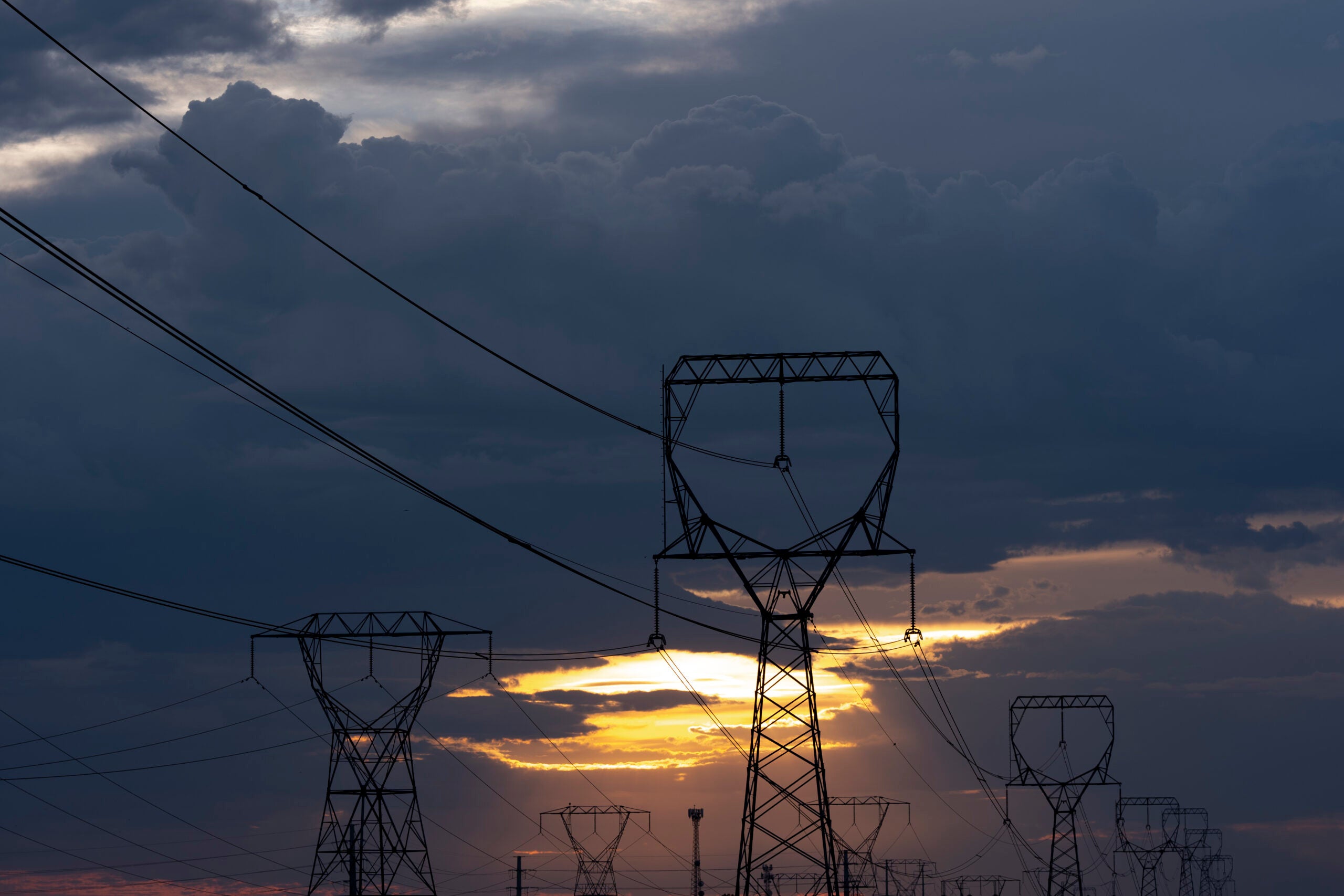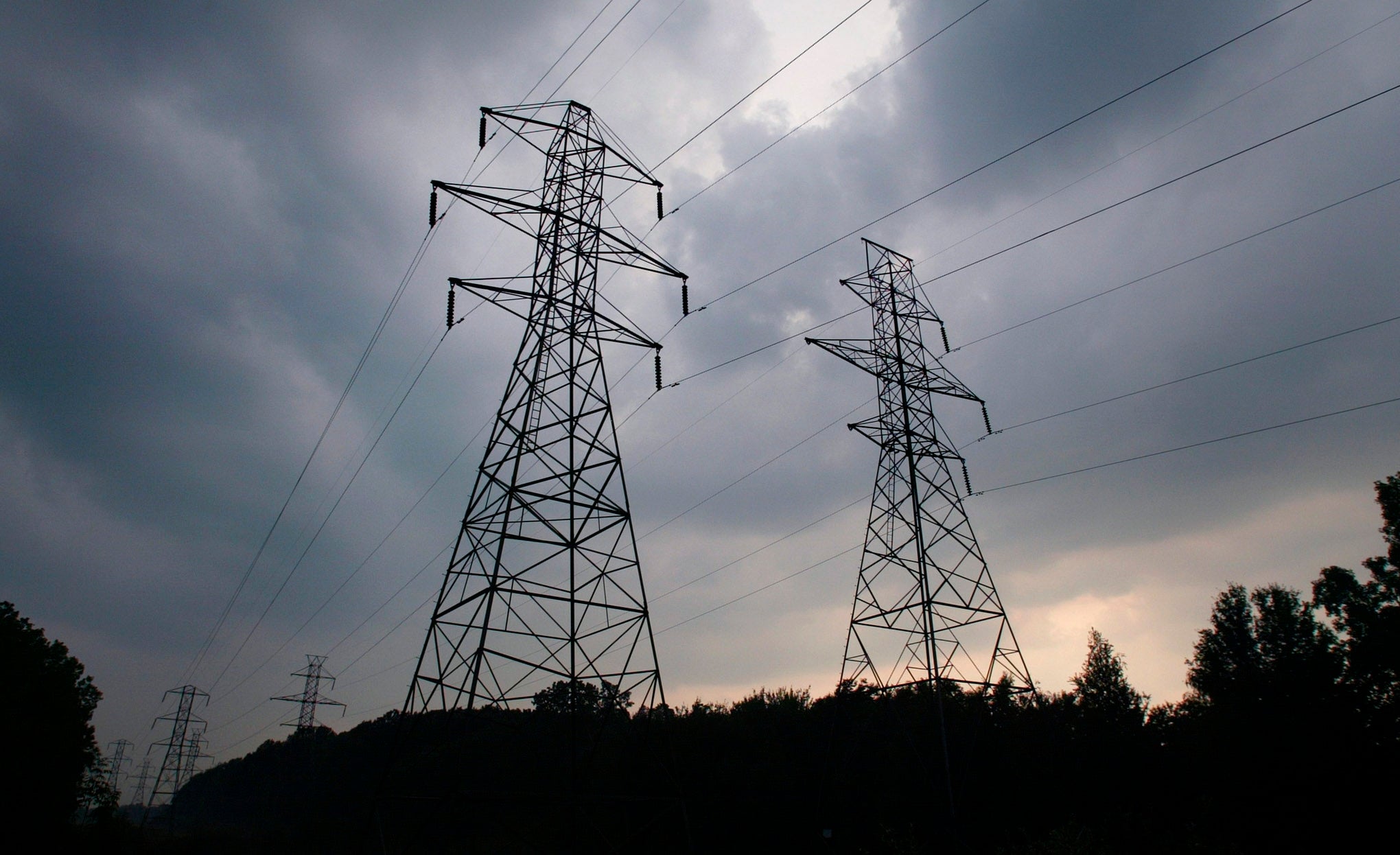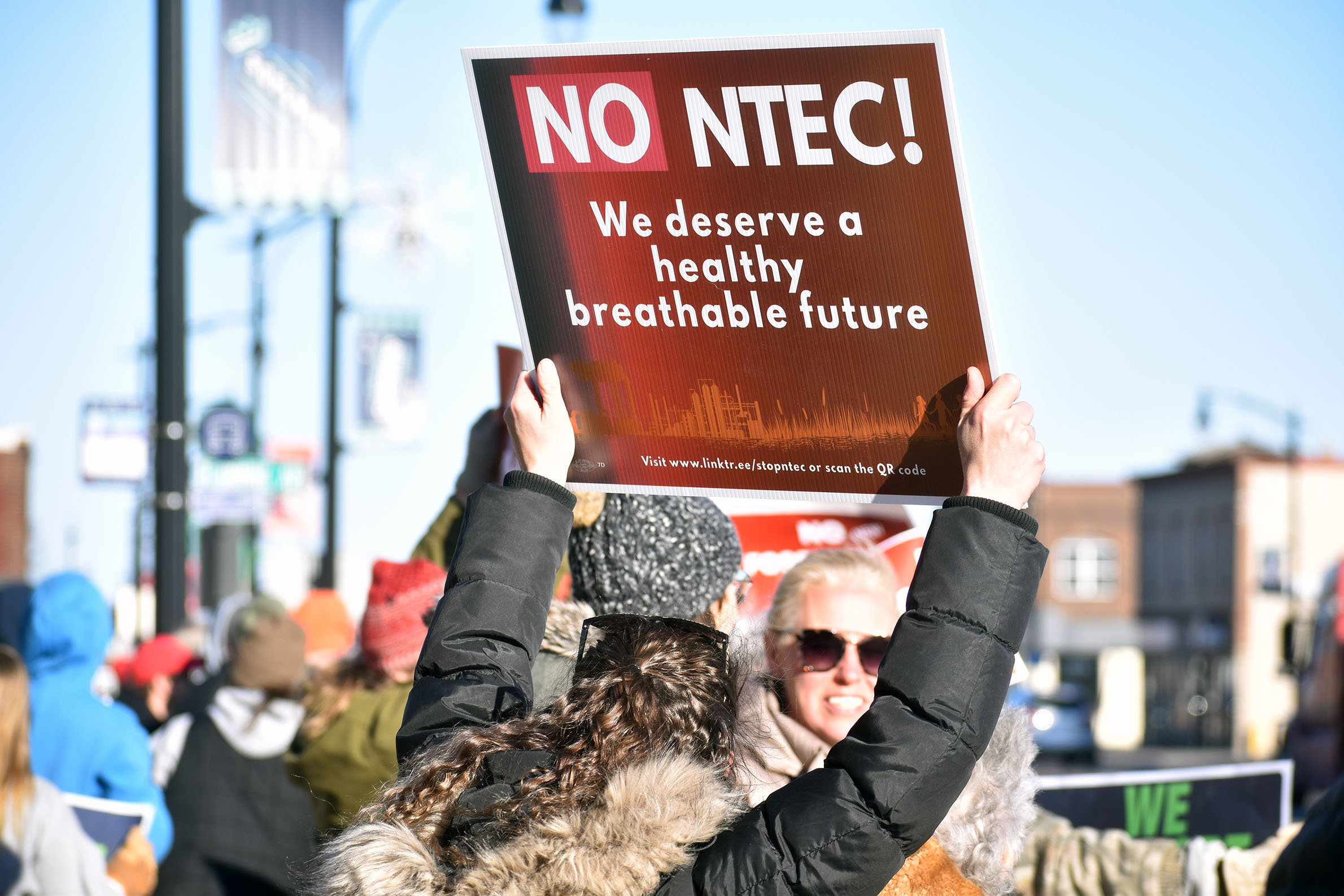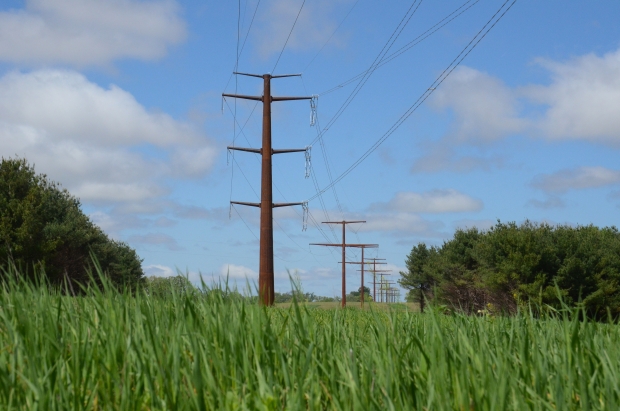The U.S. Department of Justice is appealing a federal judge’s ruling that blocked a controversial transmission line’s crossing through the Upper Mississippi River National Wildlife Refuge.
The U.S. DOJ filed the appeal June 8 on behalf of federal agencies that granted approvals for the 345-kilovolt Cardinal-Hickory Creek transmission line. American Transmission Co., ITC Midwest and Dairyland Power Cooperative are building the line that would run 101 miles from Dane County to Dubuque County in Iowa.
The U.S. DOJ joins utilities in their appeal of a ruling by U.S. District Judge William Conley, who sided with conservation groups that are challenging the project’s approvals. Those groups include the Driftless Area Land Conservancy and Wisconsin Wildlife Federation.
News with a little more humanity
WPR’s “Wisconsin Today” newsletter keeps you connected to the state you love without feeling overwhelmed. No paywall. No agenda. No corporate filter.
Conley agreed the Rural Utilities Service within the U.S. Department of Agriculture violated federal environmental law because its analysis of alternatives to the project was too narrow in scope. The environmental impact statement for the project and a record of decision were sent back for further review.
“(T)he EIS contained a thorough analysis of the project. Even if the district court were correct that the EIS was flawed, the court further exceeded its authority by vacating the entirety of RUS’s EIS,” the U.S. Department of Justice said in the filing.
Conley also found building the line there isn’t compatible with the purpose of the refuge, which is a haven for fish and wildlife. The U.S. Department of Justice argued changes made by Congress to the Refuge Act in 1997 didn’t intend to limit or eliminate rights-of-way through a refuge for transmission lines like Cardinal-Hickory Creek.
“The appeal filed June 8 by the U.S. Department of Justice — on behalf of the U.S. Department of Interior and the U.S. Department of Agriculture — is a vote of confidence in the lawfulness of all the federal agencies’ decisions related to the Cardinal-Hickory project and the ability of the project to be built in full compliance with federal environmental laws,” utilities said in a joint statement.
The transmission line is now expected to cost more than $500 million, and it’s the center of multiple lawsuits from conservation groups and local governments. Howard Learner, a lead attorney for conservation groups, said it’s hardly surprising the U.S. Department of Justice is defending federal agencies.
“They failed to fully and fairly consider alternatives. Now, the federal agencies obviously disagree. They lost before the district court, they’re now appealing to the Seventh Circuit Court of Appeals. That’s their right to do,” said Learner, executive director of the Environmental Law and Policy Center.
Learner noted Wisconsin’s Citizens Utility Board along with Iowa and Dane counties have made filings in U.S. District Court that support a motion to temporarily halt construction while an appeal is pending. Those filings came after utilities told the Wisconsin Public Service Commission that they expected project costs to grow 10 percent beyond the line’s initial price tag due to rising material costs and legal expenses. Around $277 million has already been spent to build the line.
“They’re running up the meter, spending tens of millions of dollars continuing to build the transmission line that keeps charging consumers. It’s wasting money, and it’s creating absolutely unnecessary environmental and property damage,” said Learner.
The project’s co-owners maintain the U.S. DOJ appeal only underscores that the U.S. Fish and Wildlife Service has authority to allow the transmission line to cross the refuge.
The line was originally proposed to follow an existing right-of-way, and the U.S. Fish and Wildlife Service issued a determination in 2019 that the crossing was compatible with the refuge. But utilities later sought an amended right-of-way permit, so the line could be rerouted to avoid a Native American burial mound.
The agency has since revoked its compatibility determination for the project, and utilities have sought a land exchange as an alternative to the permit.
“The appeal also reaffirms the authorizations provided in the Refuge Act for federal agencies to negotiate land exchanges, such as the one currently under consideration to allow the Cardinal-Hickory Creek line to be routed through the Refuge,” said utilities. “According to the USFWS’s Manual as cited in the brief, ‘lands under Service or other Federal agency control can be exchanged for land having greater potential for achieving habitat protection objectives.’”
The Fish and Wildlife Service hasn’t made a decision on the proposed land swap. Learner argued Congress made changes to the Refuge Act to prevent activities that could undermine the purpose of a wildlife refuge.
“You can’t run a huge transmission line and 20-story high towers through the middle of a protected national wildlife refuge even if you swap out a little parcel of land and trade it for something else,” Learner said.
Conservation groups want to see a full review of alternatives that may include other crossings, modernizing existing transmission lines and renewable energy projects that include battery storage.
Utilities have argued more than 100 renewable projects that would generate 19 gigawatts of power rely on the line’s construction to tie into the regional power grid, which would lower carbon emissions. The project’s co-owners want to see the line in service by the end of next year.
Editor’s note: American Transmission Co. is an underwriter of Wisconsin Public Radio.
Wisconsin Public Radio, © Copyright 2026, Board of Regents of the University of Wisconsin System and Wisconsin Educational Communications Board.
